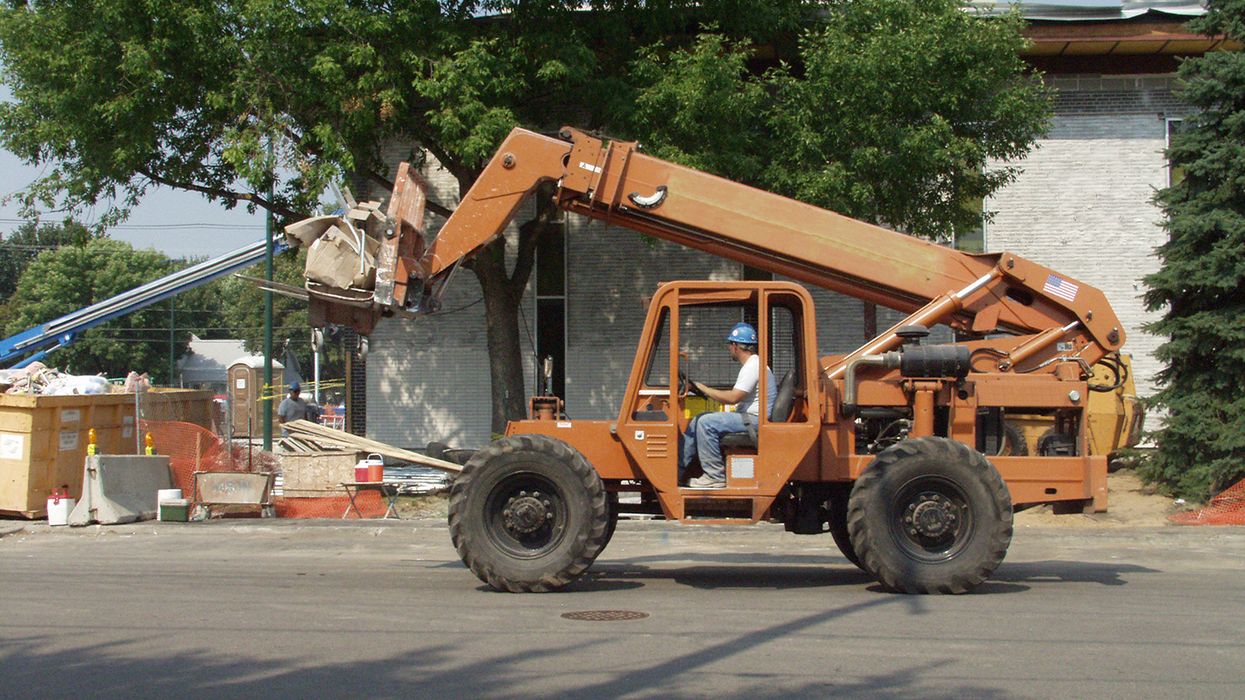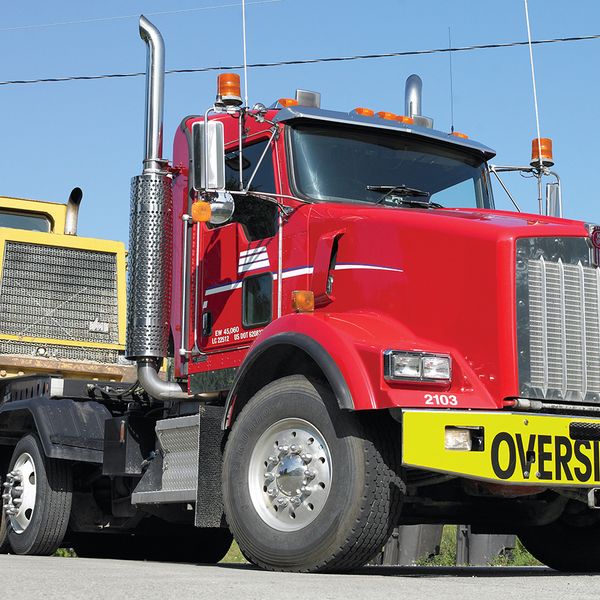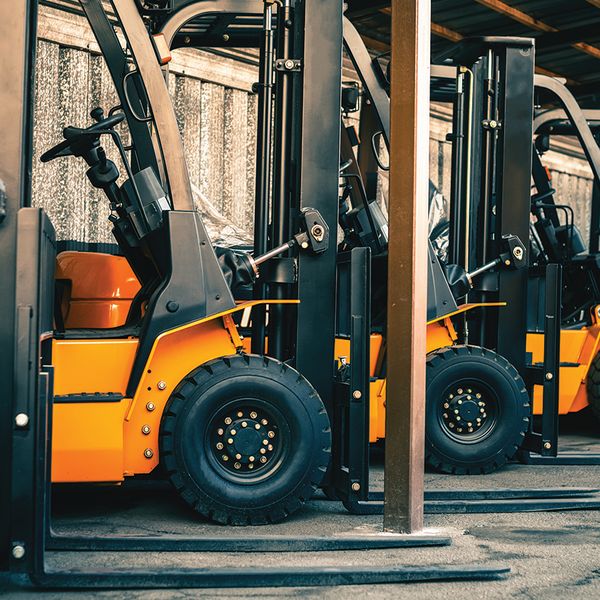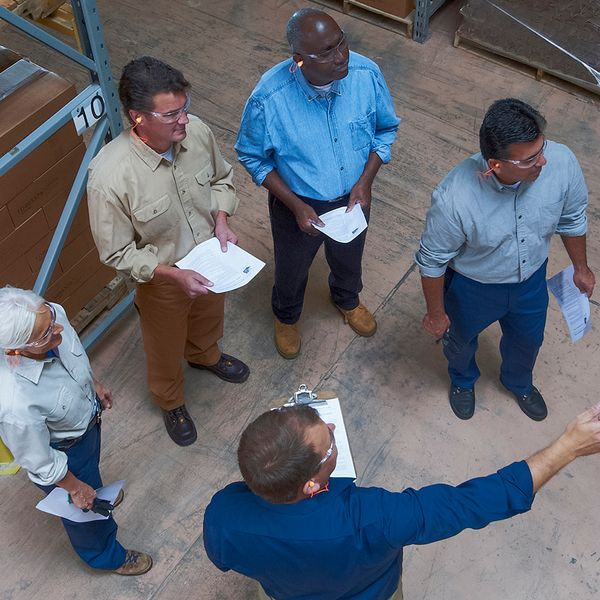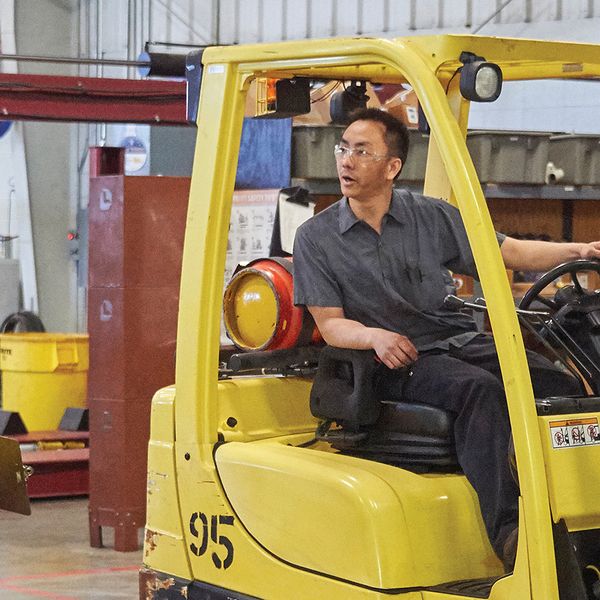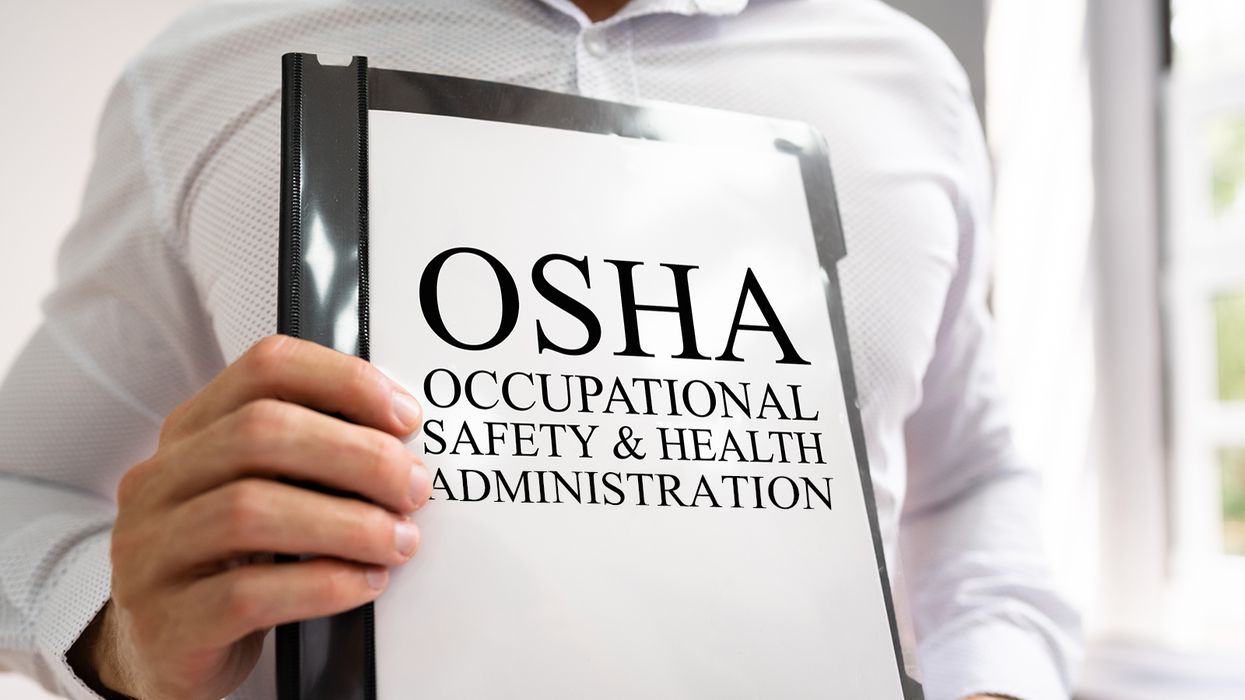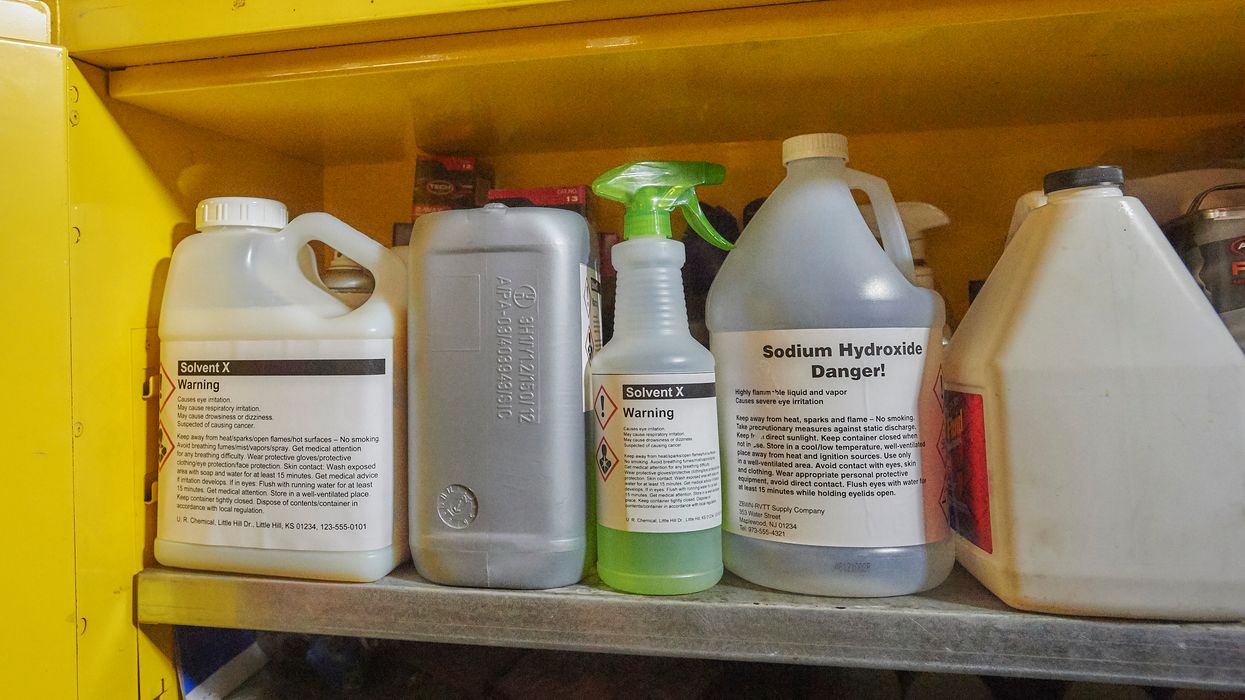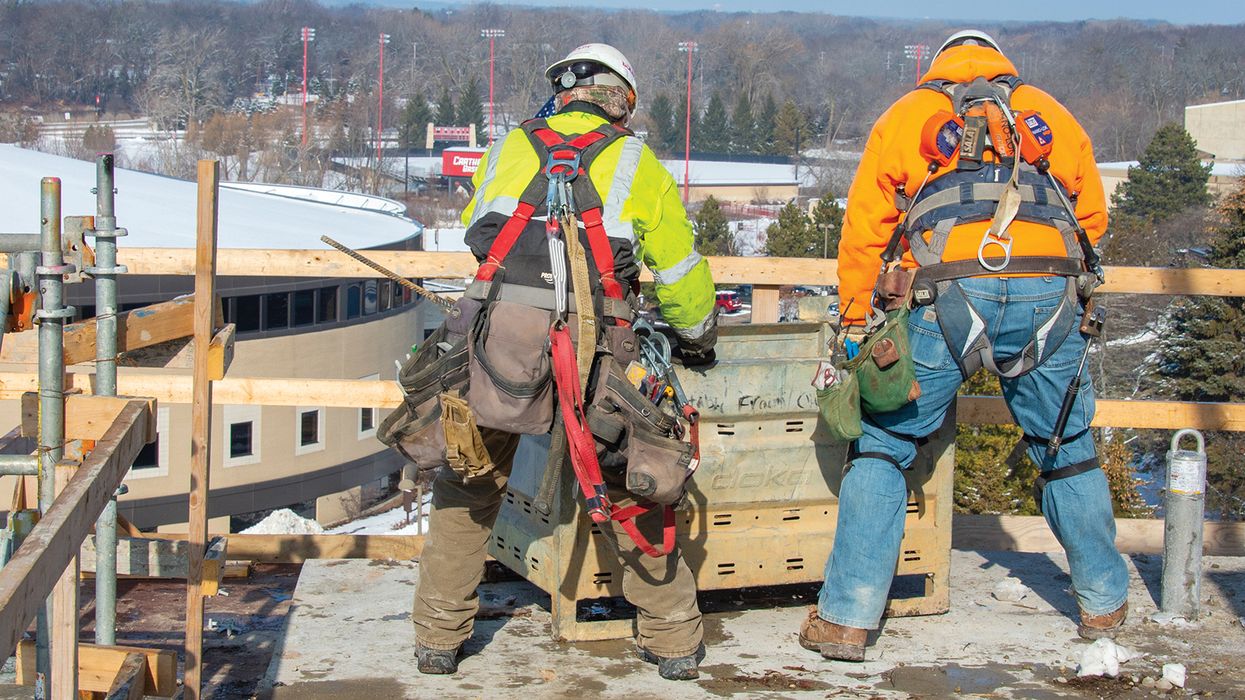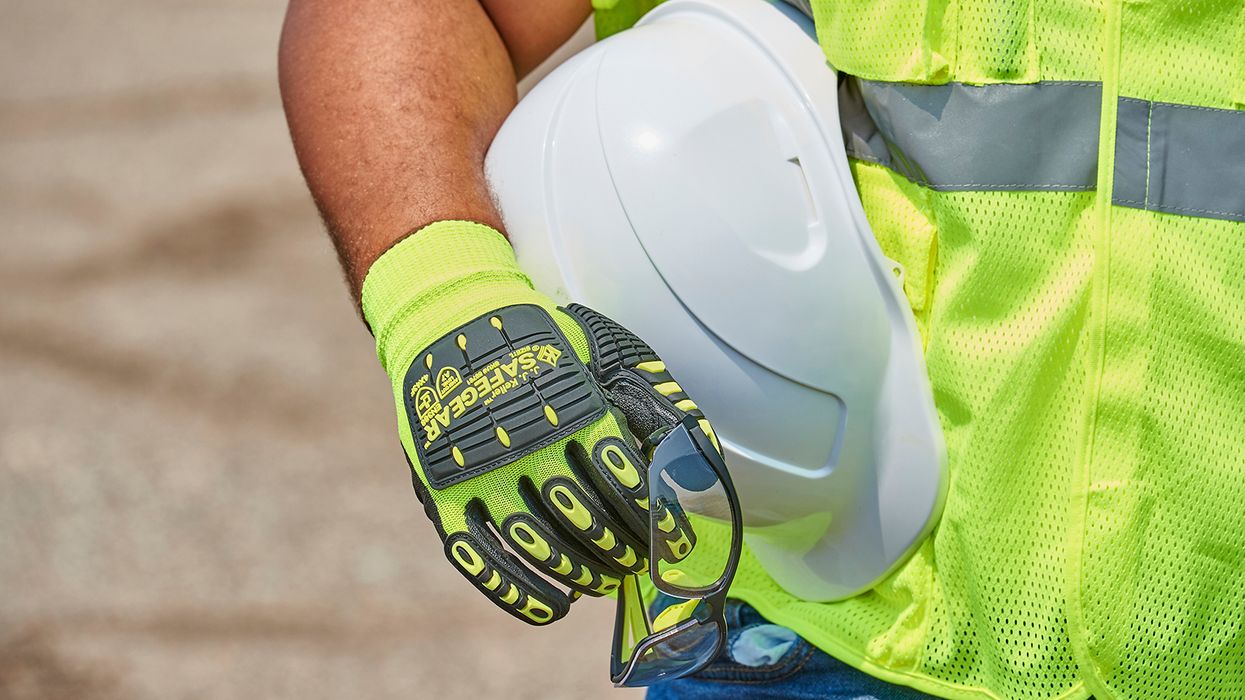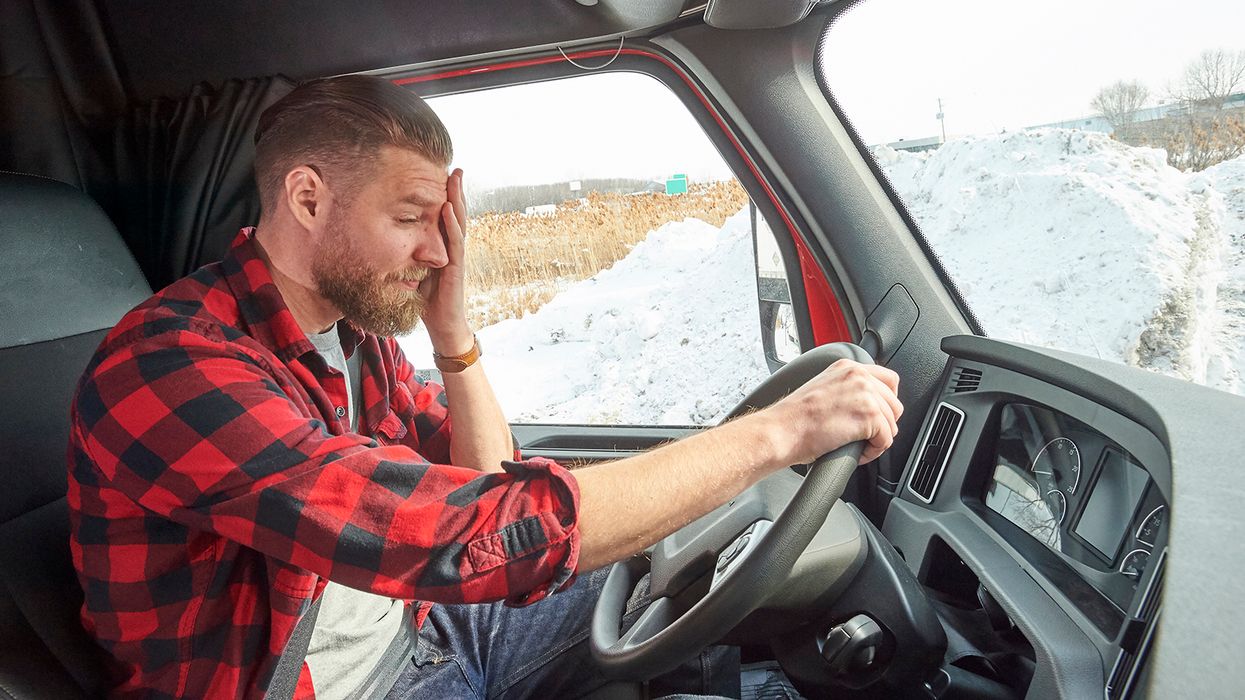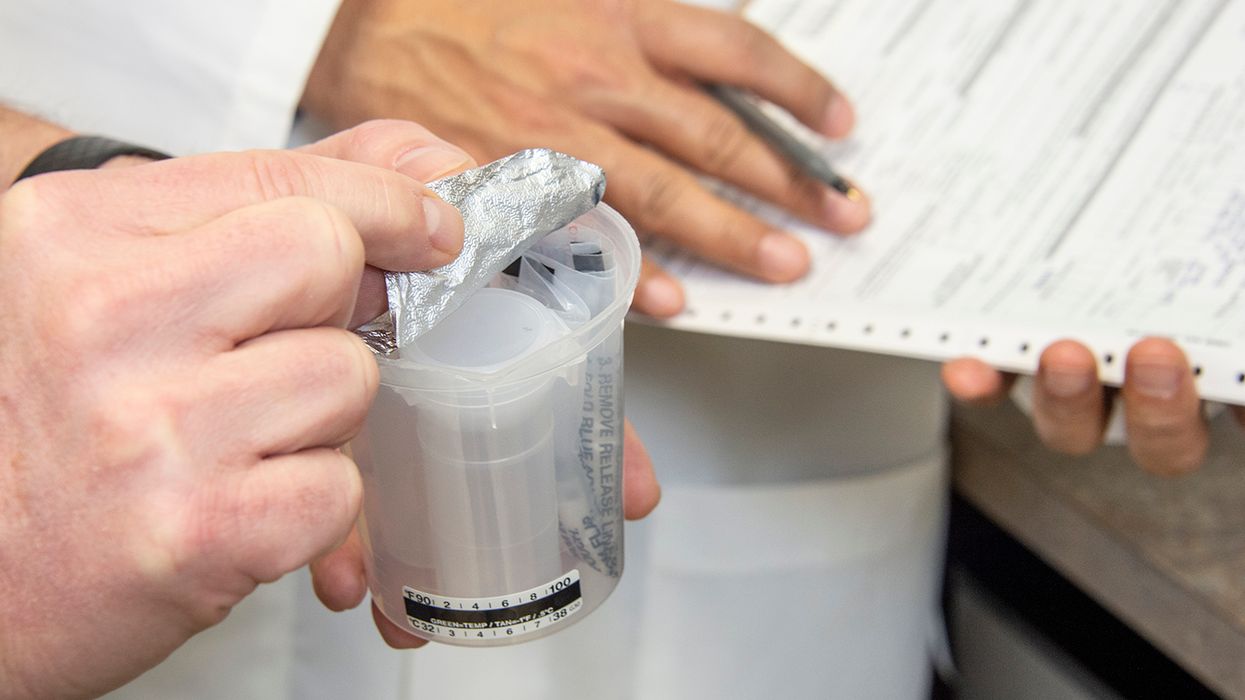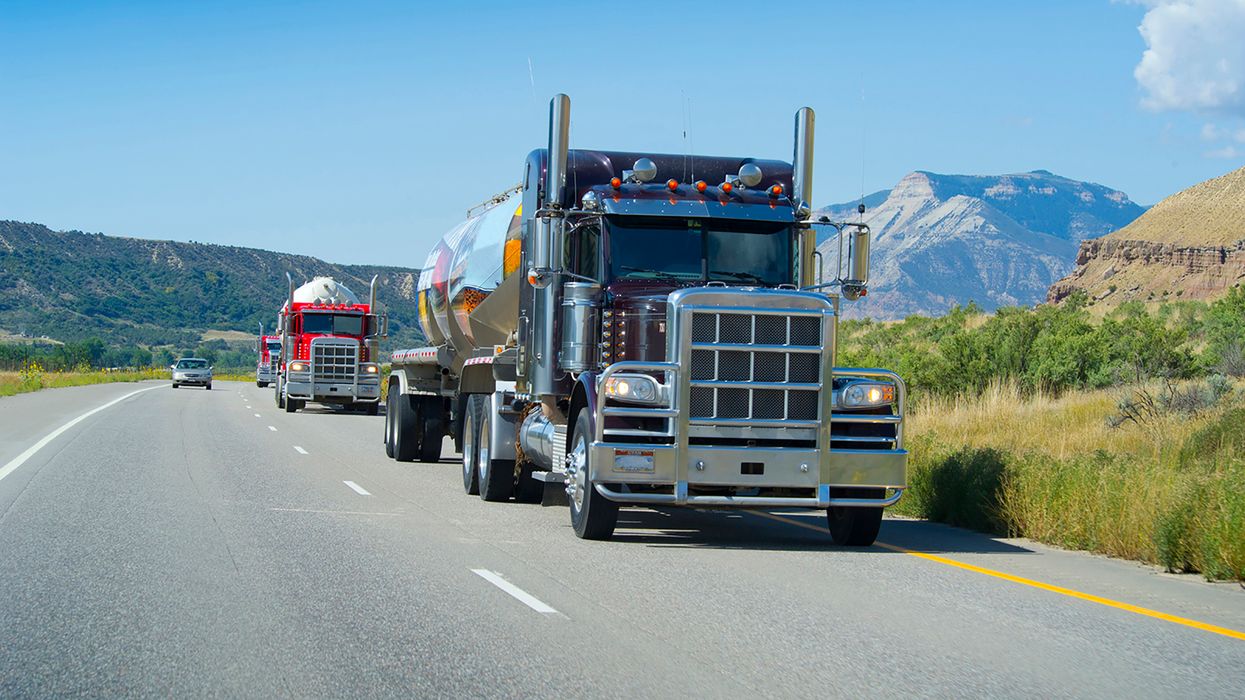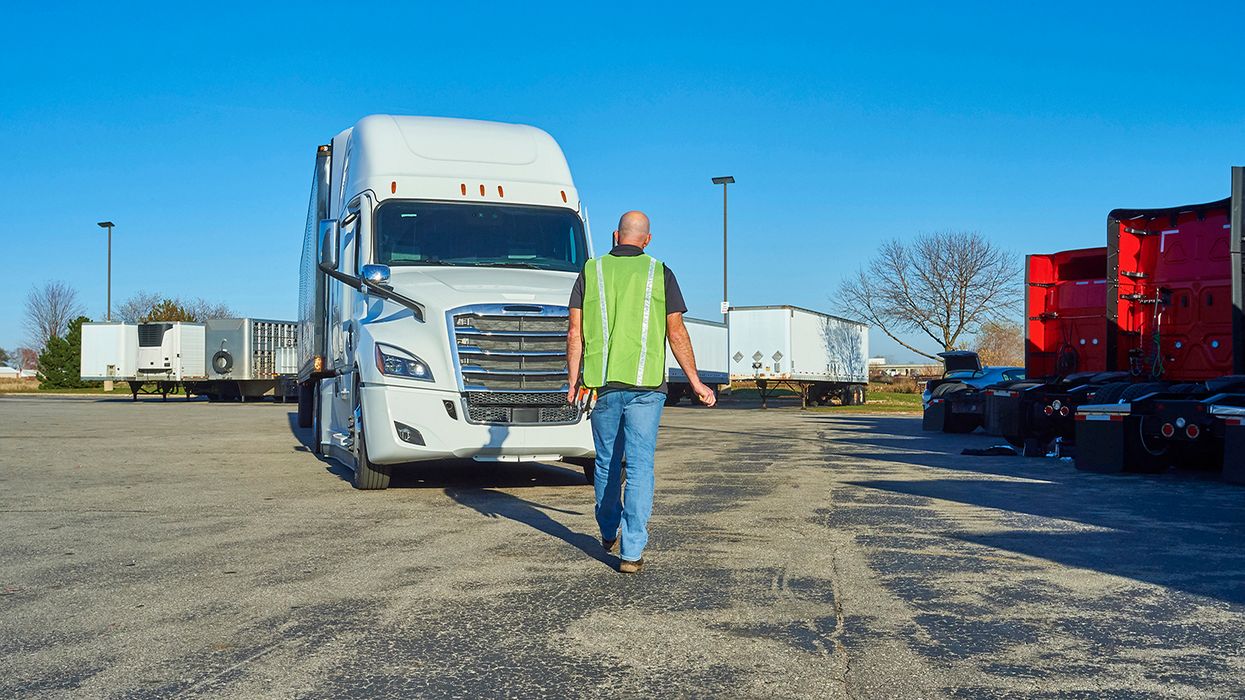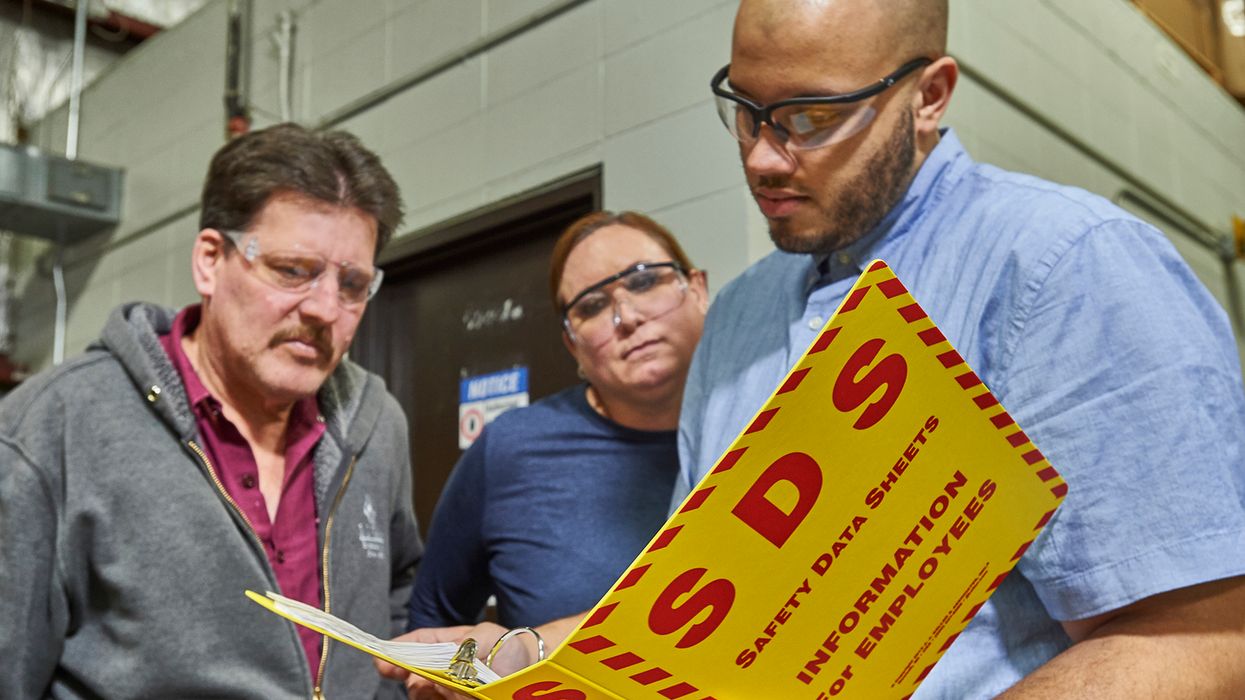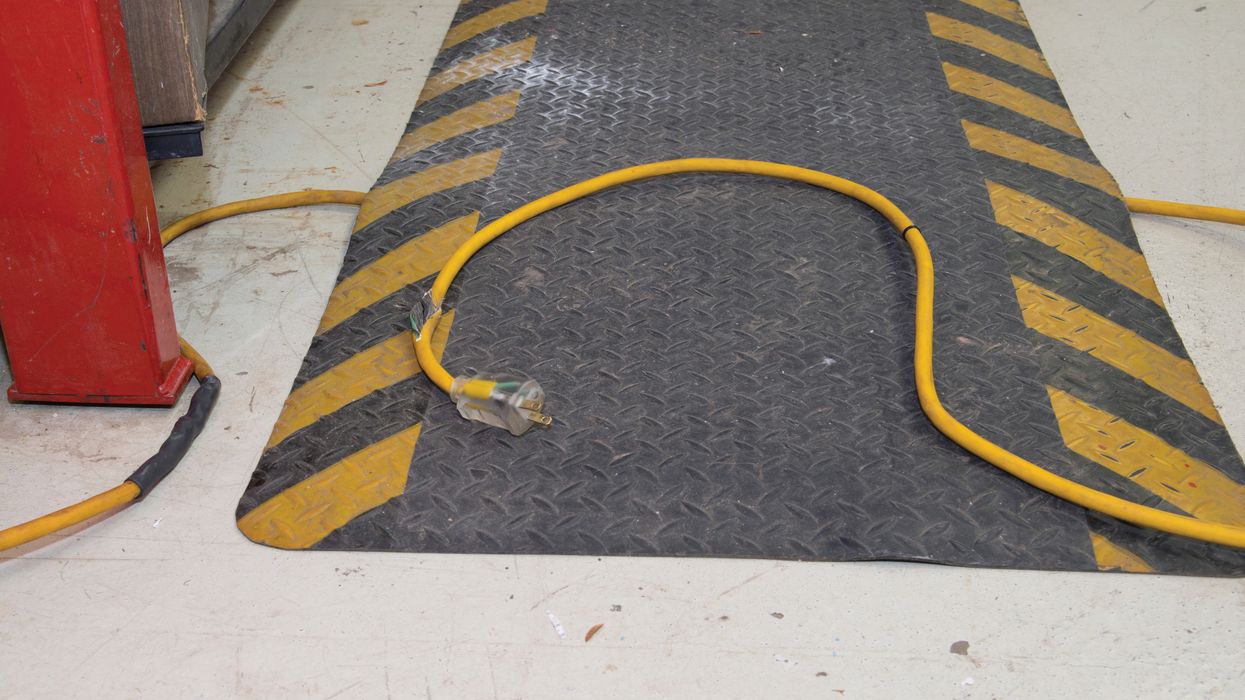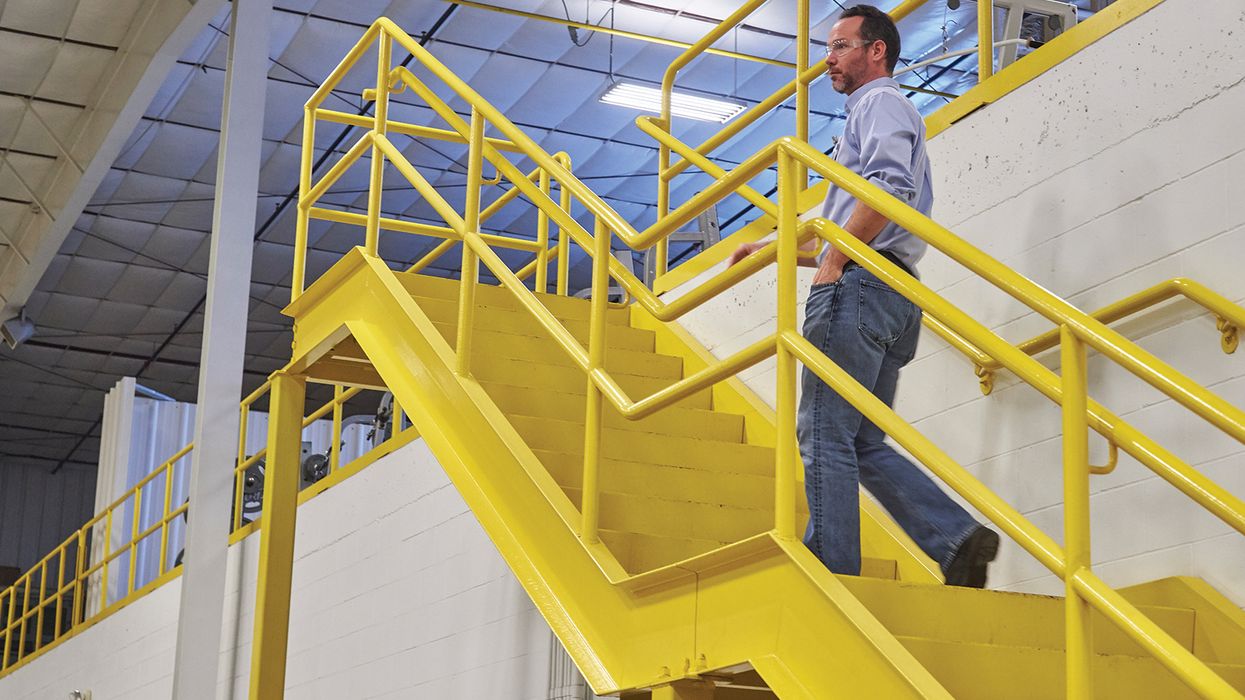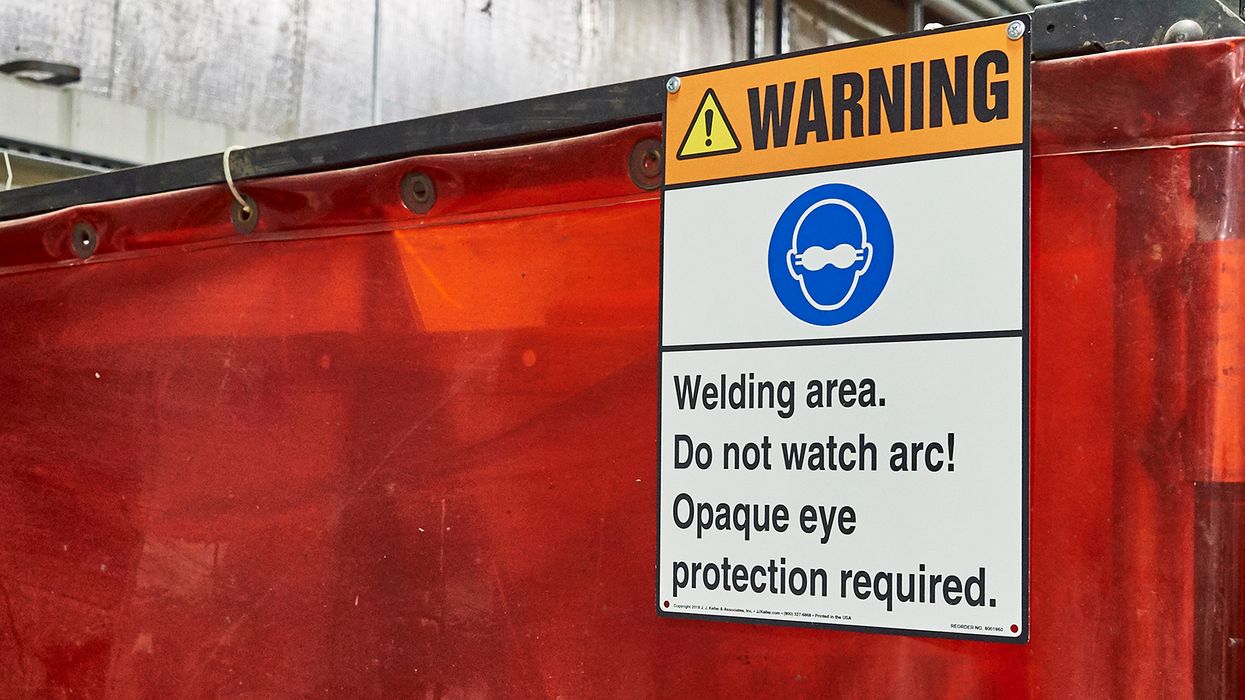Don’t leave equipment inspections behind in your exhaust
Motor vehicle and mechanized equipment incidents continue to occur regularly and are largely preventable by performing pre-operational inspections before use. Such inspections allow operators and drivers to identify critical safety issues that could be contributing factors to an injury or incident.
Inspection of your machinery and equipment is important. If you operate any equipment or machinery, you may be required to perform pre-operational and operational checks. There are also periodic inspections (monthly) and sometimes annual inspections you might be involved in. Quite often, the equipment operator is also the company-competent person on that equipment.
Employers should provide at least two, and maybe three, checklists for inspecting equipment and machinery:
- A site safety checklist—what is happening around where operators will operate the equipment? Are appropriate areas barricaded to keep unwanted people out?
- Safety equipment on machinery and equipment—are backup alarms, seat belts, lights, horn, etc., in good working order? Do operators know how to use it?
- Systems checks—how is the oil? Does the bucket raise and lower properly? Let’s look at some of the OSHA requirements for equipment and machinery.
Let’s look at some of the OSHA requirements for equipment and machinery.
Motor vehicles and mechanized equipment (General requirements) (1926.600)
Some inspection requirements for this section might look like these:
- Is all equipment left unattended at night have appropriate lights, reflectors, or barricades to identify location?
- Are all requirements of 1926.550(a)(15) being followed when equipment is used or moved in the vicinity of power lines?
Motor vehicles (1926.601)
This section covers motor vehicles that operate within an off-highway jobsite, not open to public traffic, including pickup trucks. Inspection requirements are:
- Check all vehicles at the beginning of each shift to ensure safety equipment and accessories are in safe operating condition and free of apparent damage that could cause failure while in use.
- Correct all defects before placing the vehicle in service.
Material handling equipment (1926.602)
These rules apply to earthmoving equipment such as scrapers, loaders, crawlers, wheel tractors, bulldozers, off-highway trucks, graders, tractors, and similar equipment.
There are no direct requirements for equipment inspection in this general requirements section. Some general inspection questions on a checklist might be:
- Are seat belts provided on all equipment required by 1926.602 to have seat belts
- Are scissor points on all front-end loaders, which constitute a hazard to the operator during normal operation, guarded?
Ensure that operators and drivers follow all manufacturer safety and inspection recommendations and requirements. Many manufacturers will also include inspection checklists that operators and drivers can use to complete their routine safety inspections.
Key to remember
Inspections allow operators and drivers to identify critical safety issues that could be contributing factors to an injury or incident. Motor vehicle and mechanized equipment incidents continue to occur regularly and are largely preventable by performing pre-operational inspections.

